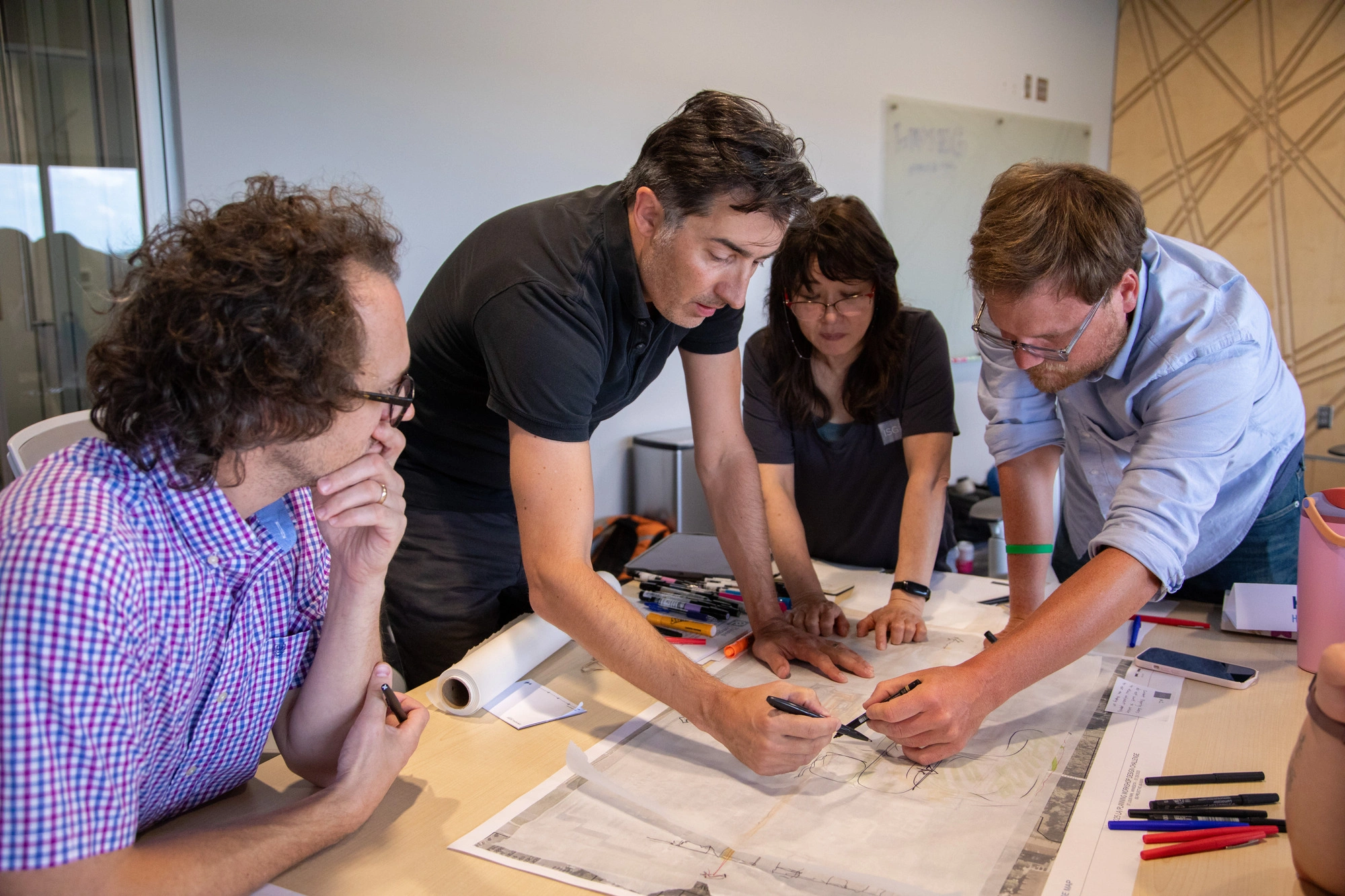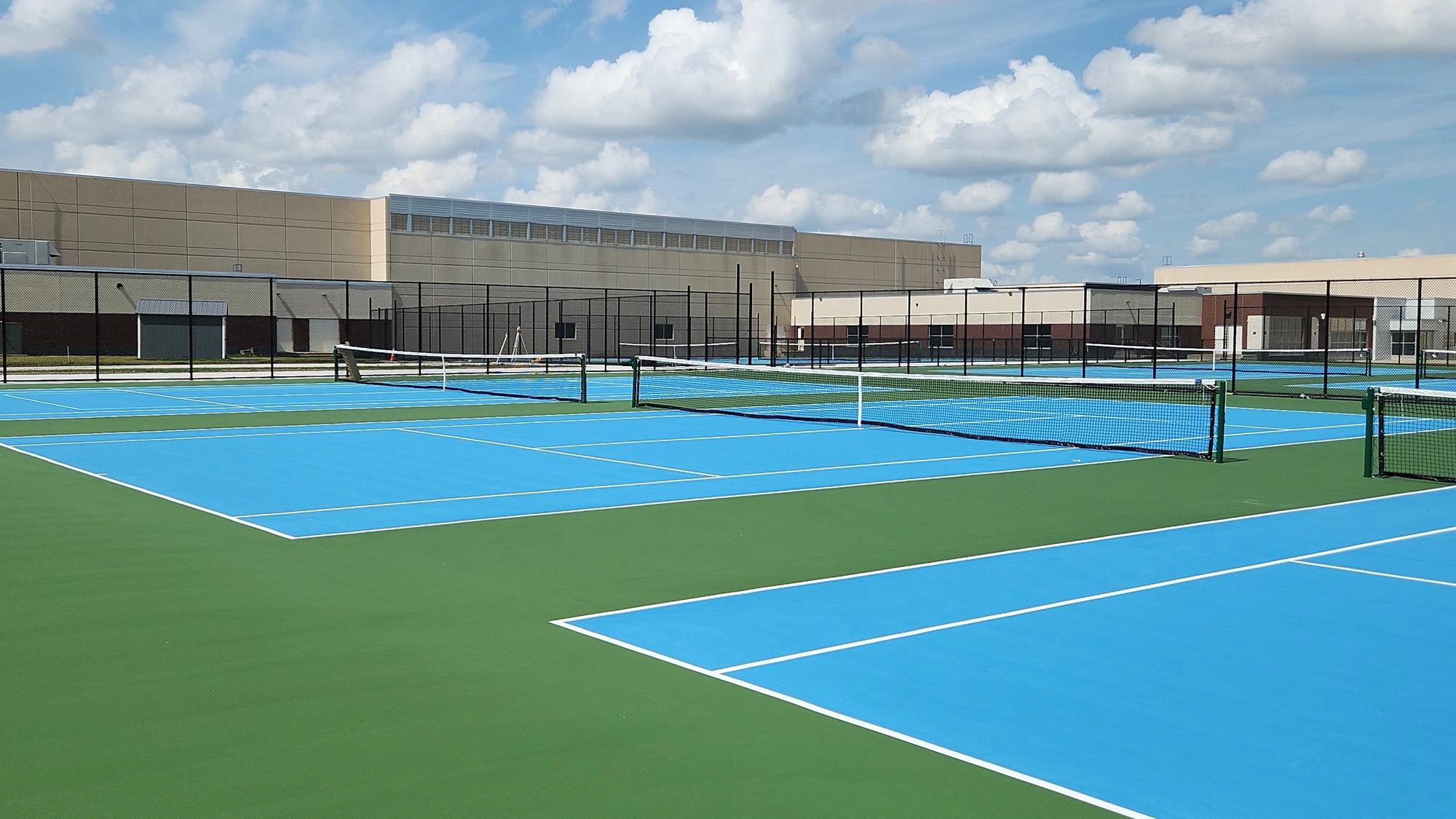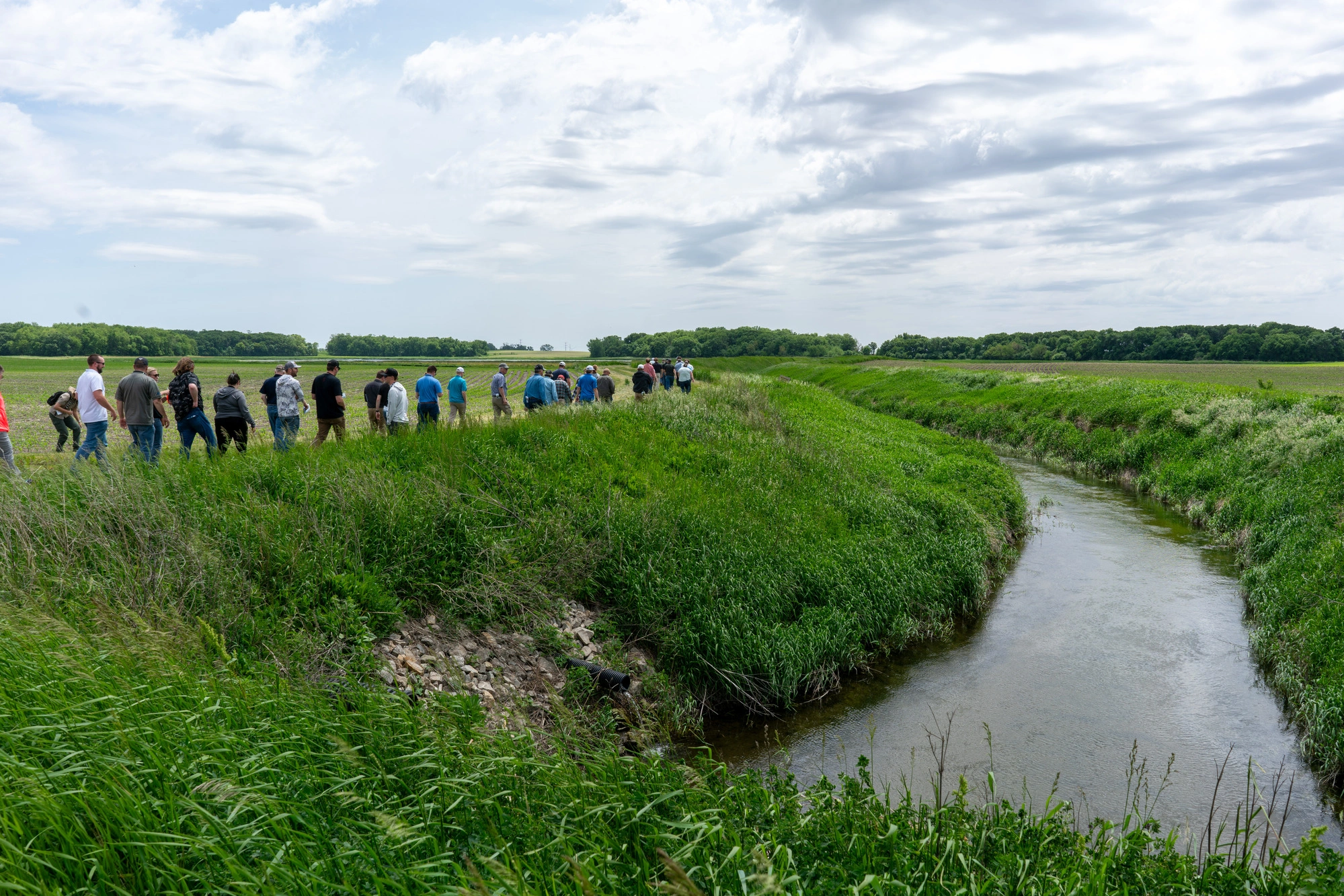Are We Counting the (Cage-Free) Chickens before they Hatch?
Following recent announcements from national and international chains like McDonald’s, Costco, Panera Bread, SUPERVALU, and retail leader Walmart on commitments to source cage-free eggs, egg industry producers are scrambling to plan their next steps into uncharted market territories.
Rebounding from the 2015 Avian Influenza that caused major losses in animal populations across the US, the overproduction has crippled the egg processing industry, as a new generation of hens laying at their peak rates began to refill last years decimated flocks. To make matters more difficult, consumers put off by the flue breakout moved in mass numbers to other protein sources, such as soy and whey. Now, the producers are reeling as they try to prepare for a complete transformation of the industry on a larger scale and at a faster pace than previously anticipated following the announcement from the largest retailer in the US, Walmart, that it will begin purchasing only cage-free eggs by the year 2025.
The result? Producers across the country are facing a breaking point regarding their facility operations (pun intended).

The industry has no idea how consumers will respond to higher-priced, cage-free egg sales, or if what is deemed “acceptable” conditions for cage-free laying will change or vary in the next ten years. With no clear idea of the future market may look like – in any case, this is an unprecedented shift in consumer choice – and even more muddy waters flooding facility needs to accommodate the new operations, producers are naturally hesitant to lay down the estimated $10 billion in capital improvements that would be required to convert the industries current caged laying facilities. If a producer wants to continue production volumes by expanding their facilities, it means either constructing new barns or retrofitting existing facilities. Unfortunately, because cage-free barns only hold about one-third of the birds that can be housed in caged-laying facilities, facilities will have to triple in size to maintain production levels, with building costs inevitably increasing as a result.
It’s like the age old chicken-or-the-egg adage: invest in new facilities now and hope for stable consumer demands, or wait it out and risk losing make-or-break market share?
Producers that do pioneer the way into the cage-free frontier will require custom, long-term plans that tackle immediate priorities first without losing sight of the 2025 deadline. Since leadership across the food provider and producer industries will likely change hands between now and then (a point that has received large criticism from opponents of the cage-free movement), such plans need to be clear, concise, and complete so they can be easily transferred to up and coming staff within the next 5-10 years.
Should producers choose to transition to cage-free, having a partner that understands the operations, flow, layout, conditions, functionality, permitting, and safety considerations that will remain at the forefront of every decision will be critical to a successful transition.
For multi-disciplinary firms with direct experience in the poultry and egg market, such as ISG, this positions their leaders as key players in the industry’s future.
Join the conversation #CageFree #ISGIndustrial
Related Articles

.webp)
ISG Recognized as a 2025–26 Emerging Professional Friendly Firm for the Fourth Consecutive Cycle
ISG has been honored as a 2025–26 Emerging Professional Friendly Firm by AIA chapters in North Dakota, South Dakota, Wisconsin, and Minnesota in recognition of its commitment to fair compensation, licensure support, mentorship, and growth for early-career architects.













